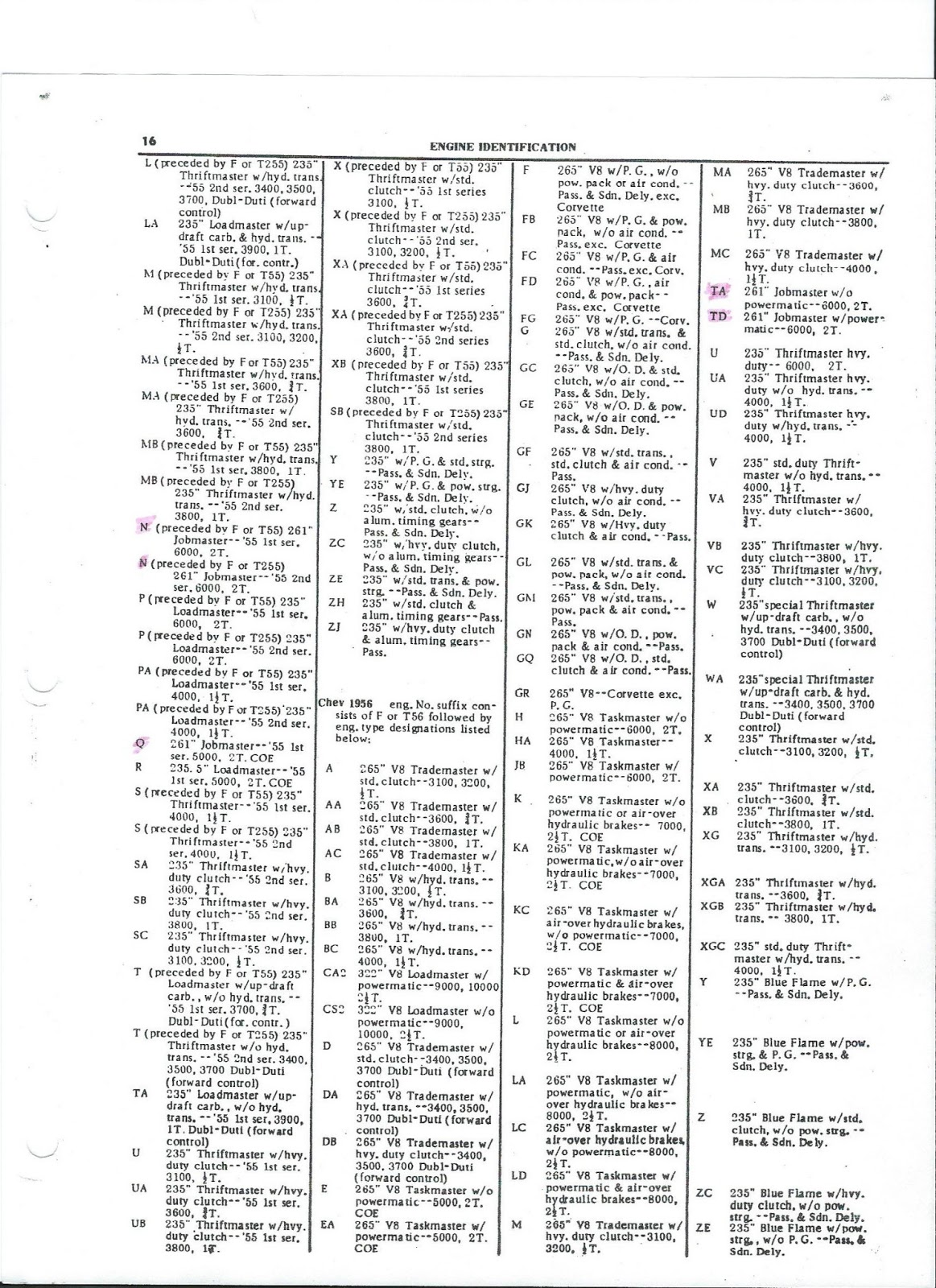GM Engine Code P0700: Transmission Control System Malfunction - Decoded!
So, your trusty GM ride decided to throw a wrench (or a code, rather) into your plans. That ominous P0700 has popped up, and now you're staring into the abyss of car trouble. Don't panic. We're diving deep into this transmission trouble code to help you navigate these choppy waters.
The P0700 code itself isn't directly telling you *what's* wrong with your transmission. It's more like a general alert saying, "Hey, something's off with the transmission control system. Go investigate!" It's a signal from your car's computer (the powertrain control module or PCM) to point you toward the transmission control module (TCM) and its related components.
This means the P0700 is a starting point, not a diagnosis. It's a bit like your check engine light coming on – helpful in alerting you to an issue, but not specific enough to fix it. To really get to the bottom of things, you'll need further diagnosis. This often involves using a more advanced diagnostic scanner to pull transmission-specific codes that provide a more precise picture of the problem.
Now, why should you care about this cryptic code? Well, ignoring the P0700 is like ignoring a flashing "evacuate" sign. It could lead to more severe transmission issues down the line, potentially costing you a pretty penny. Think slipping gears, harsh shifting, or even complete transmission failure – scenarios you definitely want to avoid.
Understanding what can trigger a P0700 is crucial. Several culprits could be at play, from faulty sensors and wiring issues to problems within the TCM itself. A failing transmission range sensor (which tells the TCM what gear you've selected) is a common offender. Low transmission fluid, another potential cause, can lead to all sorts of problems, including this dreaded code. Damaged wiring harnesses, often caused by corrosion or wear and tear, can also disrupt communication between the TCM and other components, triggering the P0700.
Pinpointing the exact problem related to a P0700 code requires a systematic approach. Start by checking the transmission fluid level and condition. If it’s low or dirty, address that first. A professional mechanic can use a diagnostic scanner to retrieve more specific transmission codes and pinpoint the faulty component. They’ll also inspect wiring and connectors for damage.
Let’s look at a simplified example. Imagine your car is struggling to shift into third gear. The TCM detects an issue and throws the P0700 code. Further diagnosis might reveal a faulty shift solenoid, the component responsible for controlling gear changes. Replacing the solenoid often solves the problem.
While P0700 itself doesn't offer direct benefits, addressing the underlying issue it indicates certainly does. Fixing a transmission problem early can prevent further damage, saving you money on costly repairs. It can restore smooth shifting and improve fuel economy. Plus, a properly functioning transmission contributes to overall vehicle safety.
Facing a P0700? Here's a simple action plan: First, check your transmission fluid. If that's normal, don't try to DIY complex repairs. Take your vehicle to a qualified mechanic for a proper diagnosis and repair. Ignoring the problem can lead to expensive transmission damage.
Advantages and Disadvantages of Addressing P0700
| Advantages | Disadvantages |
|---|---|
| Prevents further transmission damage | Diagnostic costs |
| Restores smooth shifting | Repair costs |
| Improves fuel economy | Potential for misdiagnosis |
Frequently Asked Questions:
Q: Can I drive with a P0700 code? A: It's not recommended. Further damage could occur.
Q: Is P0700 always a serious problem? A: While it signals a potential issue, the severity varies. Early diagnosis is key.
Q: How much does it cost to fix a P0700 issue? A: The cost depends on the underlying problem and can range from a few hundred to several thousand dollars.
Q: What are some common causes of P0700? A: Faulty sensors, wiring problems, low transmission fluid, and issues within the TCM.
Q: Can I fix a P0700 issue myself? A: Unless you're experienced in car repair, it's best to leave it to a professional.
Q: How can I prevent a P0700 code? A: Regular transmission maintenance, including fluid changes, can help prevent issues.
Q: What's the difference between P0700 and other transmission codes? A: P0700 is a general code indicating a problem with the transmission control system. Other codes are more specific.
Q: What does the "GM" in "GM engine code P0700" refer to? A: GM stands for General Motors, indicating that this code applies to vehicles manufactured by General Motors.
One tip: Document any symptoms you're experiencing alongside the P0700. This information will be valuable to your mechanic.
The P0700 code, while initially alarming, is ultimately a helpful warning sign. It's a call to action, urging you to investigate your GM vehicle's transmission control system. By understanding the potential causes and taking swift action, you can avoid costly repairs and keep your car running smoothly. Don't let this code intimidate you. With proper diagnosis and repair, you can conquer the P0700 and get back on the road with confidence. Remember, early detection and action are key to preventing further damage and saving money in the long run. Don't delay; address the issue promptly and ensure your transmission stays healthy for miles to come. A well-maintained transmission is essential for a safe and enjoyable driving experience, so don't ignore the warnings your car is giving you. Take care of your car, and it will take care of you.
Silver screen sirens the rise of female actors with white hair
Womens world cup standings today live updates and analysis
Dr law ping keung navigating hong kongs security landscape














